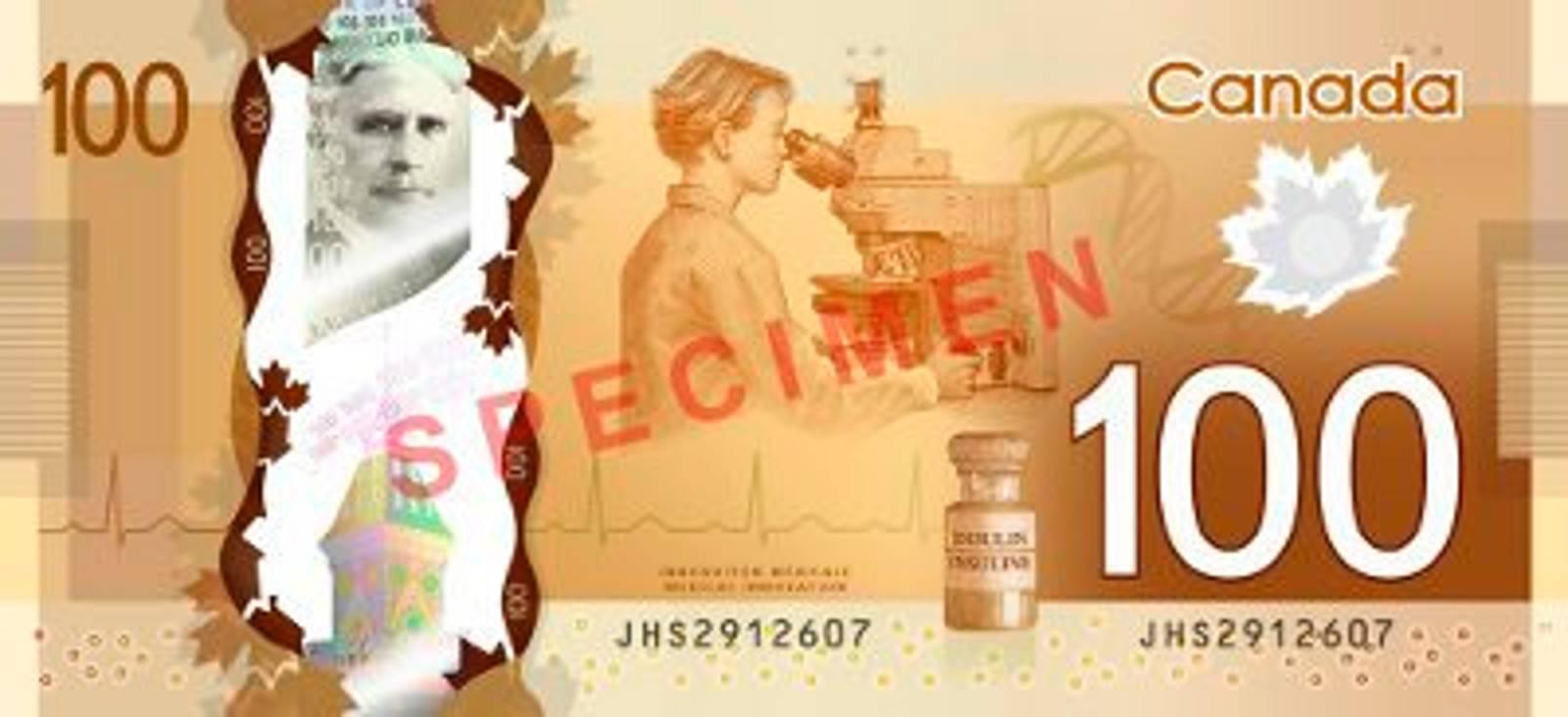DEBATE
DEBATE: After the rise of populism in Europe, the horseshoe theory is well suited to describe that non-revolutionary far-left and far-right parties are after all quite similar.
The Progress Party has historically distinguished itself from right-wing populist parties in Europe in that it has (often) stuck to a kind of economic liberalism in the form of opposition to taxes, duties and government intervention. There have always been exceptions, but it is worrying that the party is increasingly voting with the Reds in the Storting.
IN Political district on NRK on Thursday 17 February The Progress Party and Rødt have been described as “the new parliamentary comrades” by presenter Lilla Sølhusvik. Since last year’s elections, Rødt has voted more often with the Progress Party in the Storting than with the SV or the government parties, wrote VG on February 1st.
There is little risk that the Progress Party and the Reds will become violently similar, but the Progress Party must nevertheless be wary of a left-wing orientation in social and economic policy. If the party goes too far in the direction of an extreme left-wing economic policy, it is a short way to becoming more like many right-wing populist parties in Europe, with which the Progress Party has historically not wanted to be compared.
In political theory, we use the horseshoe theory describe a political dimension where the far right and the far left are not linear opposites, but instead meet at the extremes of the dimension.
An example of a classic political dimension where the opposing poles are linear is the right-left economic axis.
The theory, as described in French philosopher Jean-Pierre Faye’s “The Century of Ideologies” (2002), aimed to describe how the far left and far right became authoritarian directions, in the form of communism and fascism respectively, and thus became closer to ideologies than socialism and liberalism.
After the rise of populism in Europe, the theory is, in my opinion, better suited to describe the non-revolutionary socialist parties of the far left – which Rødt claims to have become – and the non-authoritarian populist parties of the far right, which are after all quite similar.
A modern understanding of the theory is therefore that the far left and far right do not need to be totalitarian for the theory to be valid, they only need to be populist. Such an understanding requires that the political centre and the historically moderate conservative and social democratic political parties constitute a kind of elite. This narrative goes a long way towards confirming the populist understanding of society. We find examples of this kind of elitist critique both in the Progress Party and in Rødt.
Of course, the horseshoe theory does not give a complete picture of how we should understand the Progress Party or the Red. There are many other political dimensions that are equally important for how parties can be understood. These might include, for example, whether parties are nationalist or globalist, pro-growth or pro-protection, or whether they emphasize the center or the periphery.
One argument against the horseshoe theory is that while the policy solutions of the far right and far left may seem similar, their reasons are very different. The question, then, is whether the outcome or the intention is more important.
One argument that has been made that intention is more important is that the Progress Party has functioned as a kind of pressure valve in Norway. Because the party has a liberal starting point – unlike the far-right parties in our neighbouring countries; like the Sweden Democrats, the Danish People’s Party and Sannfinländarna, populist proposals have sometimes turned out better than they would have been without the ideological justification. The element of liberal ideology has been mitigating.
In the current social debate, the horseshoe theory has been revived. Other fault lines have become more important, and it has become rare in Europe for an ideologically rooted socialist left and a liberal or conservative right to be the opposite poles of a classic right-left axis. Moderate forces have been pushed closer to the center by the rise of the extreme right and the extreme left.
So far, we in Norway have been lucky in that the Progress Party has functioned as a pressure valve against the extreme right. Therefore, no one benefits from the party trying to outdo Rødt in terms of populist proposals. These days, it might as well be done.

“Passionate pop cultureaholic. Proud bacon trailblazer. Avid analyst. Certified reader.”







